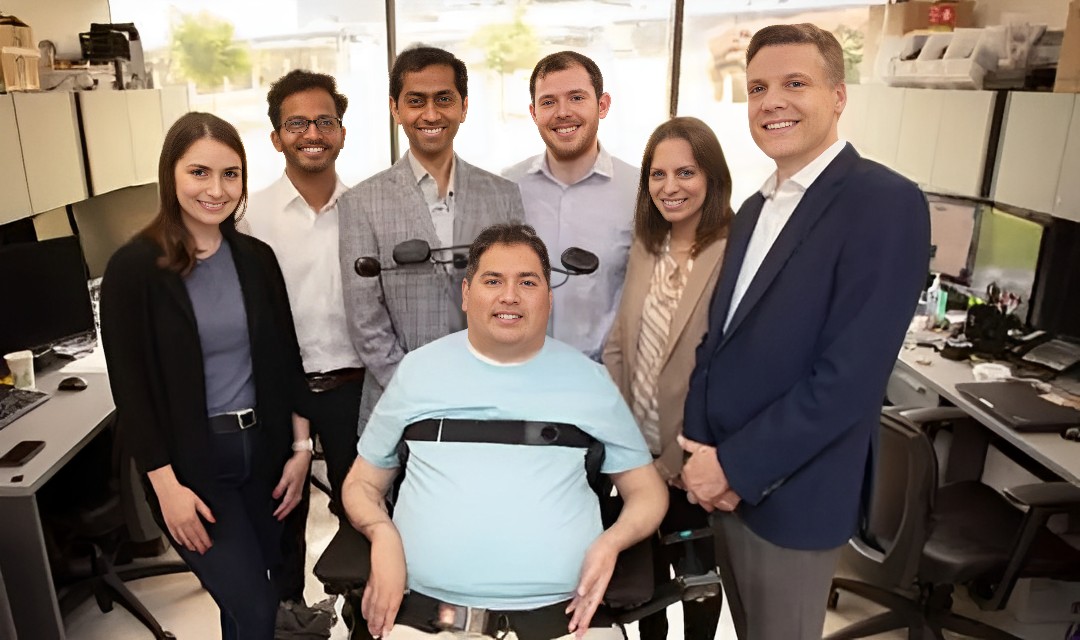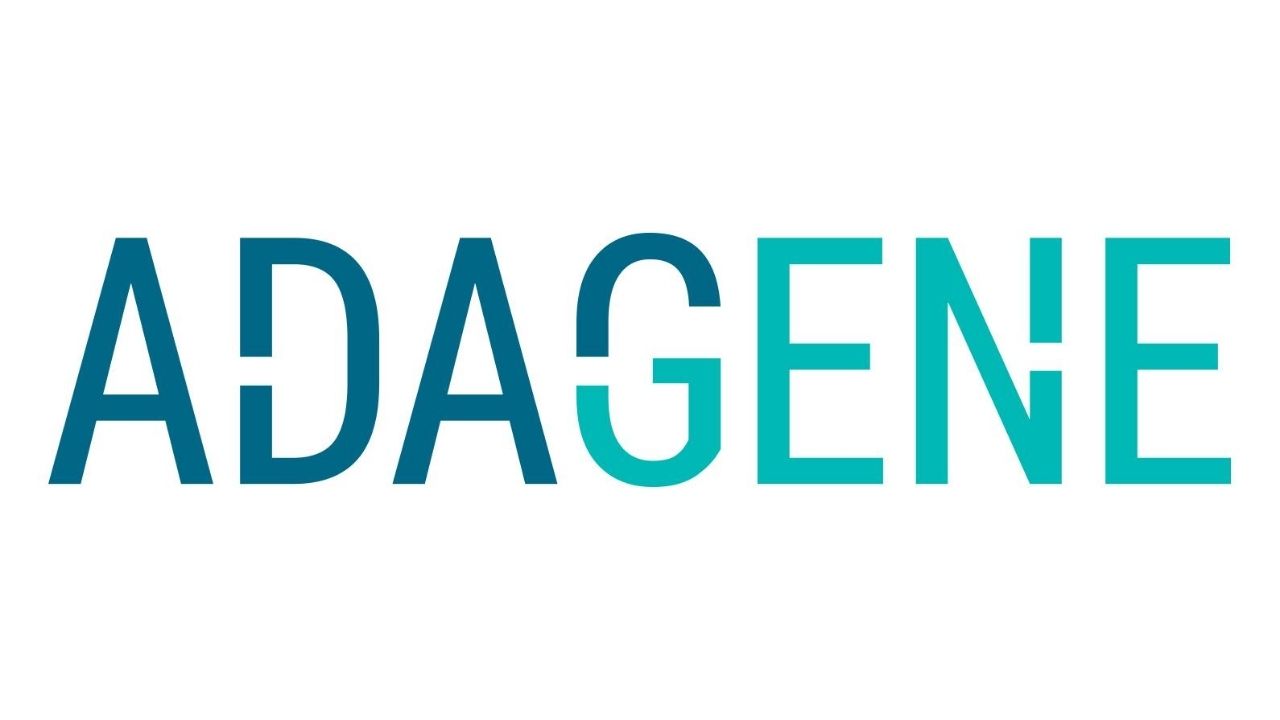Positive pivotal trial data for the investigational use of PD-1 inhibitor Libtayo® (cemiplimab) in first-line locally advanced or metastatic non-small cell lung cancer (NSCLC) were shared in a presentation at the European Society for Medical Oncology (ESMO) Virtual Congress 2020.
The trial compared Libtayo monotherapy to platinum-doublet chemotherapy in patients whose tumor cells expressed PD-L1, including those whose cancers had confirmed PD-L1 expression of ≥50%. These results form the basis of regulatory submissions, including in the U.S. and European Union.
“In new analyses presented at ESMO, Libtayo reduced the risk of death by 43% in patients whose cancer had confirmed PD-L1 expression of 50% or greater. This is notable given that nearly three- quarters of patients crossed over from chemotherapy following disease progression and 12% of patients had pretreated and stable brain metastases,” said Ahmet Sezer, M.D., Associate Professor in the Department of Medical Oncology at BaÅŸkent University in Adana, Turkey and a trial investigator. “These results support Libtayo as a potential new option for anti-PD-1 monotherapy in first-line advanced non- small cell lung cancer.”
The late-breaking ESMO presentation expands on topline results shared in April. In the overall trial population (n=710), the median follow-up was 13 months for both Libtayo (n=356; range: <1-32 months) and chemotherapy (n=354; range: <1-32 months). Among these patients, Libtayo demonstrated the following results compared to chemotherapy:
32% reduced risk of death (hazard ratio HR=0.68; 95% confidence interval CI: 0.53-0.87; p=0.0022).
22-month median overall survival (OS; 95% CI: 18 months to not yet evaluable) compared to 14 months (95% CI: 12-19 months).
41% reduced risk of disease progression (HR=0.59; 95% CI: 0.49-0.72; p<0.0001). The median progression-free survival (PFS) was 6.2 months (95% CI: 4.5-8.3 months) compared to 5.6 months (95% CI: 4.5-6.1 months).
37% objective response rate (ORR; 95% CI: 32-42%; 3% complete response CR and 33% partial response PR rate) compared to 21% ORR (95% CI: 17-25%; 1% CR and 20% PR rate).
A prespecified analysis of data from patients whose cancers had confirmed PD-L1 expression ≥50% (n=563) was also conducted. In this group, the median follow-up was 11 months for both Libtayo (n=283; range: <1-32 months) and chemotherapy (n=280; range: <1-30 months), and Libtayo demonstrated the following results compared to chemotherapy:
43% reduced risk of death (HR=0.57; 95% CI: 0.42-0.77; p=0.0002).
Median OS was not yet reached (95% CI: 18 months to not yet evaluable) compared to 14 months (95% CI: 11-18 months).
46% reduced risk of disease progression (HR=0.54; 95% CI: 0.43-0.68; p<0.0001). The median PFS was 8 months (95% CI: 6-9 months) compared to 6 months (95% CI: 5-6 months).
39% ORR (95% CI: 34-45%; 2% CR and 37% PR rate) compared to 20% ORR (95% CI: 16-26%; 1% CR and 19% PR rate).
The trial also found a direct correlation between tumor response and PD-L1 expression level in Libtayo-treated patients. The ORR was highest (46%; range: 36-56%) in tumors with ≥90% PD-L1 expression, with target tumors shrinking by more than 40% after 6 months of treatment on average (per last observation carried forward method). This correlation with PD-L1 expression level was not observed with chemotherapy.
In the overall trial population, the median duration of exposure to Libtayo was 27 weeks (range: <1-115 weeks) and 18 weeks for chemotherapy (range: <1-87 weeks). Overall adverse events (AEs) occurred in 88% of Libtayo patients and 94% of chemotherapy patients. Grade 3 or higher AEs occurred in 37% of Libtayo patients and 49% of chemotherapy patients. Immune-mediated AEs were reported in 17% of Libtayo patients and included hypothyroidism (6%), hyperthyroidism (4%), pneumonitis (2%), hepatitis (2%), skin adverse reaction (2%), arthritis, increased blood thyroid stimulating hormone, thyroiditis, colitis, nephritis and peripheral neuropathy (each 1%). Treatment discontinuation due to an AE occurred in 6% of Libtayo patients and 4% of chemotherapy patients. No new Libtayo safety signals were observed.
Libtayo is being jointly developed by Regeneron and Sanofi under a global collaboration agreement. The use of Libtayo to treat advanced NSCLC is investigational and has not been fully evaluated by any regulatory authority.
About the Phase 3 trial
The open-label, randomized, multi-center Phase 3 trial investigated the first-line treatment of Libtayo monotherapy compared to platinum-doublet chemotherapy in squamous or non-squamous advanced NSCLC that tested positive for PD-L1 in ≥50% of tumor cells but not ALK, EGFR or ROS1. PD-L1 expression was confirmed using the PD-L1 IHC 22C3 pharmDx kit. The trial included 712 patients with either locally advanced NSCLC (Stage IIIB/C), who were not candidates for surgical resection or definitive chemoradiation or had progressed after treatment with definitive chemoradiation, or previously untreated metastatic NSCLC (Stage IV).
Patients were randomized 1:1 to receive either Libtayo 350 mg administered intravenously every three weeks for up to 108 weeks or an investigator-selected, standard-of-care, platinum-based, doublet chemotherapy regimen for 4 to 6 cycles (with or without histology relevant maintenance pemetrexed chemotherapy). The co-primary endpoints are OS and PFS, and secondary endpoints include overall response rate, duration of response and quality of life.
The trial was designed to reflect current and emerging treatment paradigms. Inclusion criteria allowed patients with NSCLC who had: controlled hepatitis B, hepatitis C or HIV; pre-treated and stable brain metastases; and/or locally advanced disease that had progressed after definitive chemoradiation. Patients whose disease progressed in the trial were able to change their therapy: those in the chemotherapy arm were allowed to crossover into the Libtayo arm, while those in the Libtayo arm were allowed to combine Libtayo treatment with 4 to 6 cycles of chemotherapy.
A prespecified interim analysis was performed after 50% of OS events. Due to a highly significant improvement in OS at the interim analysis, the trial was modified to allow all patients to receive Libtayo based on an Independent Data Monitoring Committee recommendation.
About non-small cell lung cancer
Lung cancer is the leading cause of cancer death worldwide, with more than 2.2 million new cases expected globally in 2020. Approximately 85% of all lung cancers are NSCLC, and an estimated 25% to 30% of these cases are expected to test positive for PD-L1 in ≥50% of tumor cells. While immunotherapies have transformed advanced NSCLC treatment in recent years, there remains an unmet need to optimize the identification and treatment of patients with high PD-L1 expression and offer additional treatment options.
About Libtayo
Libtayo is a fully-human monoclonal antibody targeting the immune checkpoint receptor PD-1 on T-cells. By binding to PD-1, Libtayo has been shown to block cancer cells from using the PD-1 pathway to suppress T-cell activation.
Libtayo is the first immunotherapy approved in the U.S., EU, and other countries for adults with metastatic cutaneous squamous cell carcinoma (CSCC) or locally advanced CSCC who are not candidates for curative surgery or curative radiation. In the U.S., the generic name for Libtayo in its approved indication is cemiplimab-rwlc, with rwlc as the suffix designated in accordance with Nonproprietary Naming of Biological Products Guidance for Industry issued by the U.S. Food and Drug Administration. Outside of the U.S., the generic name for Libtayo in its approved indication is cemiplimab.
The extensive clinical program for Libtayo is focused on difficult-to-treat cancers. In skin cancer, this includes trials in adjuvant and neoadjuvant CSCC in addition to a pivotal trial in advanced BCC. Libtayo is also being investigated in pivotal trials in NSCLC and cervical cancer, as well as in trials combining Libtayo with either conventional or novel therapeutic approaches for both solid tumors and blood cancers. These potential uses are investigational, and their safety and efficacy have not been evaluated by any regulatory authority.
About Regeneron Pharmaceuticals, Inc.
Regeneron (NASDAQ: REGN) is a leading biotechnology company that invents life-transforming medicines for people with serious diseases. Founded and led for over 30 years by physician-scientists, our unique ability to repeatedly and consistently translate science into medicine has led to seven FDA-approved treatments and numerous product candidates in development, all of which were homegrown in our laboratories. Our medicines and pipeline are designed to help patients with eye diseases, allergic and inflammatory diseases, cancer, cardiovascular and metabolic diseases, pain, infectious diseases and rare diseases.
Regeneron is accelerating and improving the traditional drug development process through our proprietary VelociSuite® technologies, such as VelocImmune which uses unique genetically-humanized mice to produce optimized fully-human antibodies and bispecific antibodies, and through ambitious research initiatives such as the Regeneron Genetics Center, which is conducting one of the largest genetics sequencing efforts in the world.

 Positive pivotal trial data for the investigational use of PD-1 inhibitor Libtayo® (cemiplimab) in first-line locally advanced or metastatic non-small cell lung cancer (NSCLC) were shared in a presentation at the European Society for Medical Oncology (ESMO) Virtual Congress 2020.
Positive pivotal trial data for the investigational use of PD-1 inhibitor Libtayo® (cemiplimab) in first-line locally advanced or metastatic non-small cell lung cancer (NSCLC) were shared in a presentation at the European Society for Medical Oncology (ESMO) Virtual Congress 2020.



















.jpeg)

.jpeg)










.jpg)




.jpg)

